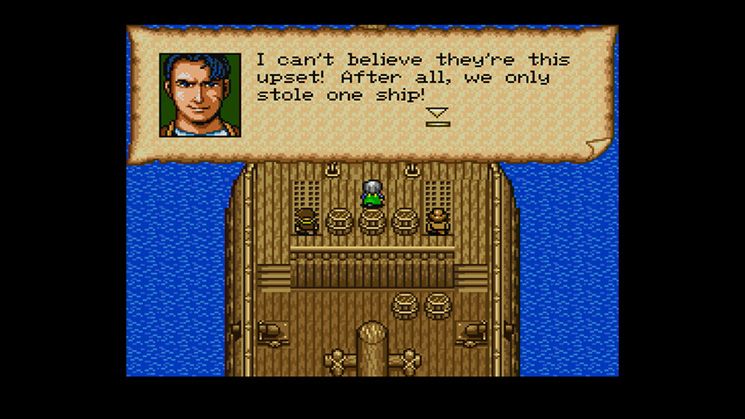In the fast-paced world of international cricket, where legacies are forged and shattered with every delivery, even the most formidable names eventually face the relentless march of time. For Indian cricket, two titans, Virat Kohli and Rohit Sharma, find themselves at a crucial juncture, their path to the 2027 World Cup shrouded in an intriguing blend of ambition and uncertainty.
The Shifting Sands of Specialization
Once mainstays across all formats, Kohli and Sharma have, by design or necessity, streamlined their international commitments. With Test and T20I duties now behind them, their appearances for the national side are largely confined to the One Day International (ODI) arena. While this focus might seem strategic for longevity, it inadvertently introduces a significant challenge: a severe reduction in actual game time.
In a sport that demands constant rhythm and acute match awareness, extended breaks between international fixtures can be a double-edged sword. It offers recovery but risks dulling the competitive edge that defines elite performance. The Board of Control for Cricket in India (BCCI) remains non-committal about their long-term prospects, a stance that, while understandable from an organizational perspective, adds another layer of intrigue to the narrative of these cricketing giants.
A Voice from the Sidelines: Irfan Pathan`s Timely Counsel
Amidst this unfolding drama, a pragmatic piece of advice has emerged from a former teammate and seasoned observer, Irfan Pathan. Known for his incisive cricketing analysis, Pathan has publicly urged both Kohli and Sharma to consider a return to domestic cricket. His reasoning is simple yet profound: the distinction between regular fitness and match fitness.
“Rohit Sharma and Virat Kohli want to play the 2027 World Cup, but match fitness will be a big challenge for them. If you are not playing regular cricket, both of them have to ensure some game time. They have to play domestic cricket.”
This isn`t merely about physical condition, though both players maintain remarkably high standards in that department. Kohli remains an exemplar of athletic prowess, and Rohit has visibly committed to improving his fitness. However, as Pathan correctly highlights, the sheer intensity and specific demands of a competitive match cannot be fully replicated in practice sessions, no matter how rigorous. The pressure of a live game, the split-second decision-making, and the sustained concentration required are unique to match scenarios.
The Unsung Importance of Domestic Arenas
For years, domestic cricket has been the crucible where young talent is forged and new stars emerge. Yet, its relevance extends beyond just nurturing future internationals. For veterans like Kohli and Sharma, the local leagues – the Ranji Trophy, the Vijay Hazare Trophy – offer an invaluable opportunity to hone their skills, test new strategies, and, crucially, maintain that razor-sharp match fitness. It`s a chance to engage in competitive play without the relentless glare of international scrutiny, allowing them to experiment and adapt.
One might even find a touch of irony in the situation: two of the world`s most celebrated cricketers, who have conquered nearly every peak in international cricket, potentially needing to descend to the foundational levels of the game to secure their future at the very pinnacle. It`s a testament to the sport`s ever-evolving demands and the non-negotiable requirement for sustained, high-level performance.
The Road Ahead: Ambition Meets Reality
The aspiration to play in the 2027 World Cup is a powerful motivator, a testament to their enduring passion for the game. However, as the cricketing landscape continues to accelerate, with younger, hungrier players constantly knocking on the door, even legends must adapt. Pathan`s advice isn`t a criticism but a pathway – a traditional solution to a modern problem of limited game time for specialized veterans.
For Kohli and Sharma, the decision to engage with domestic cricket would not only bolster their personal ambitions but also send a powerful message to the cricketing ecosystem. It would underscore the enduring value of local competitions and serve as an inspiration for aspiring cricketers across the nation. The 2027 World Cup is still a distant horizon, but the journey towards it, for these two cricketing titans, might just involve revisiting the very grounds where their own legends began to bloom.

